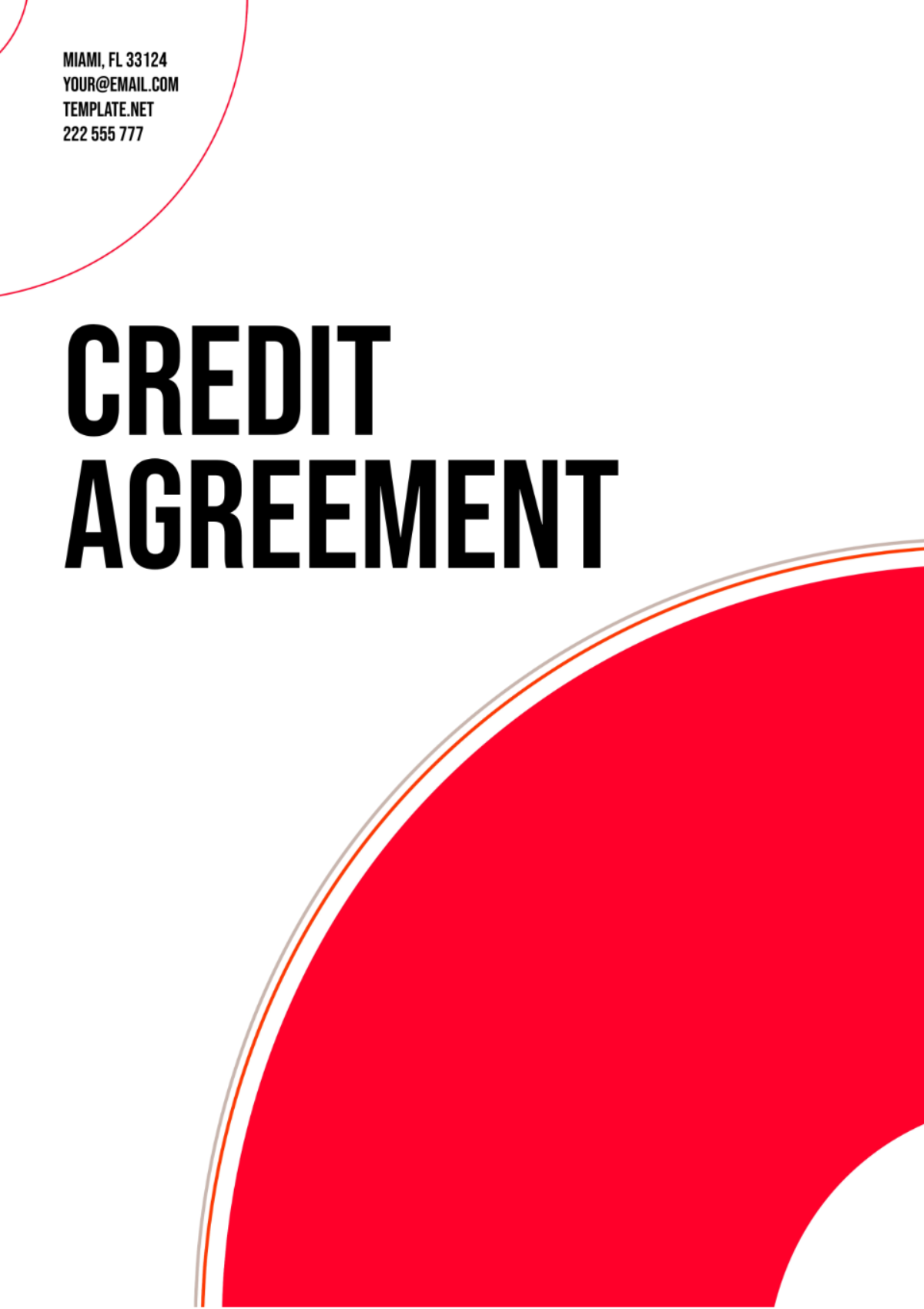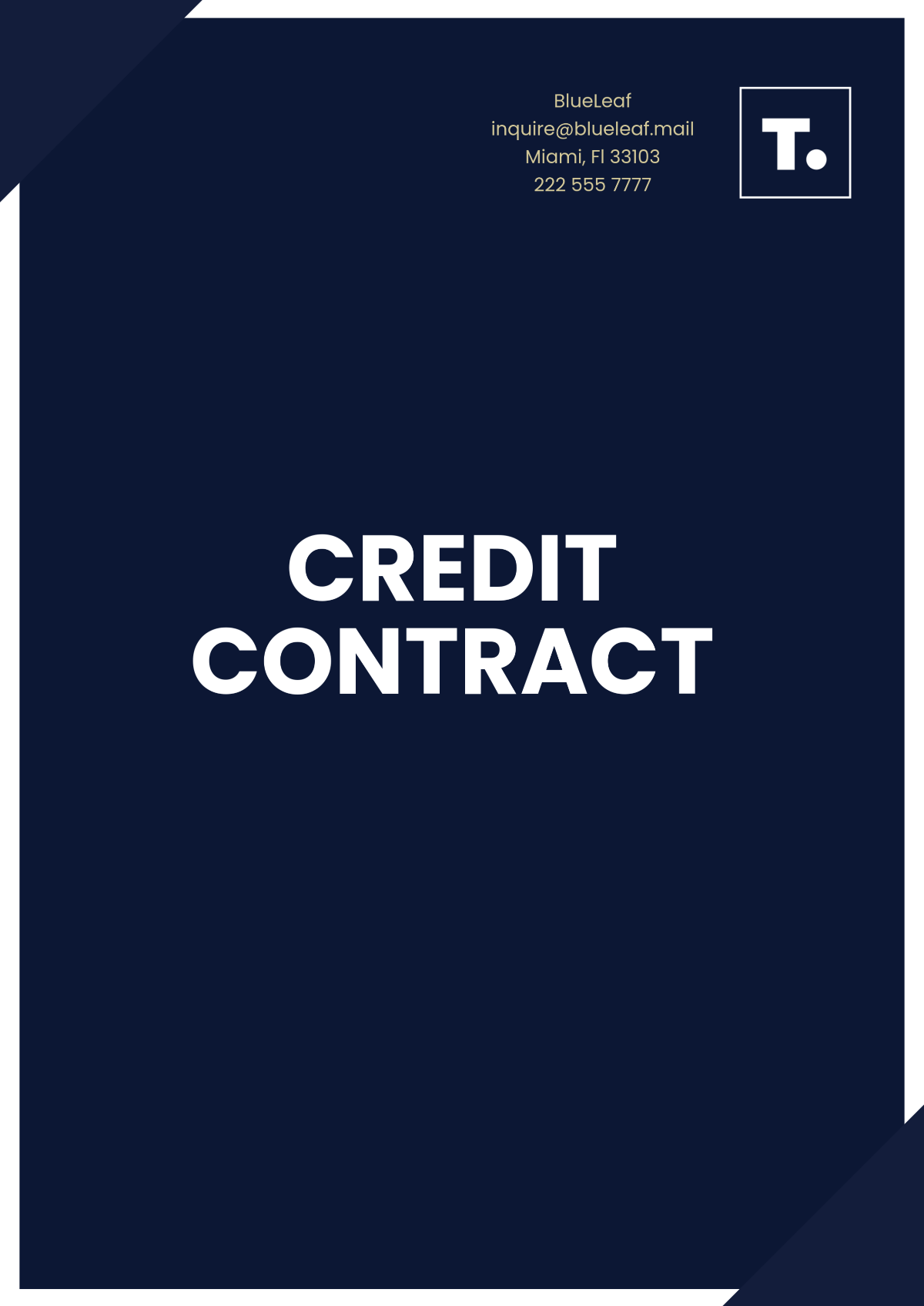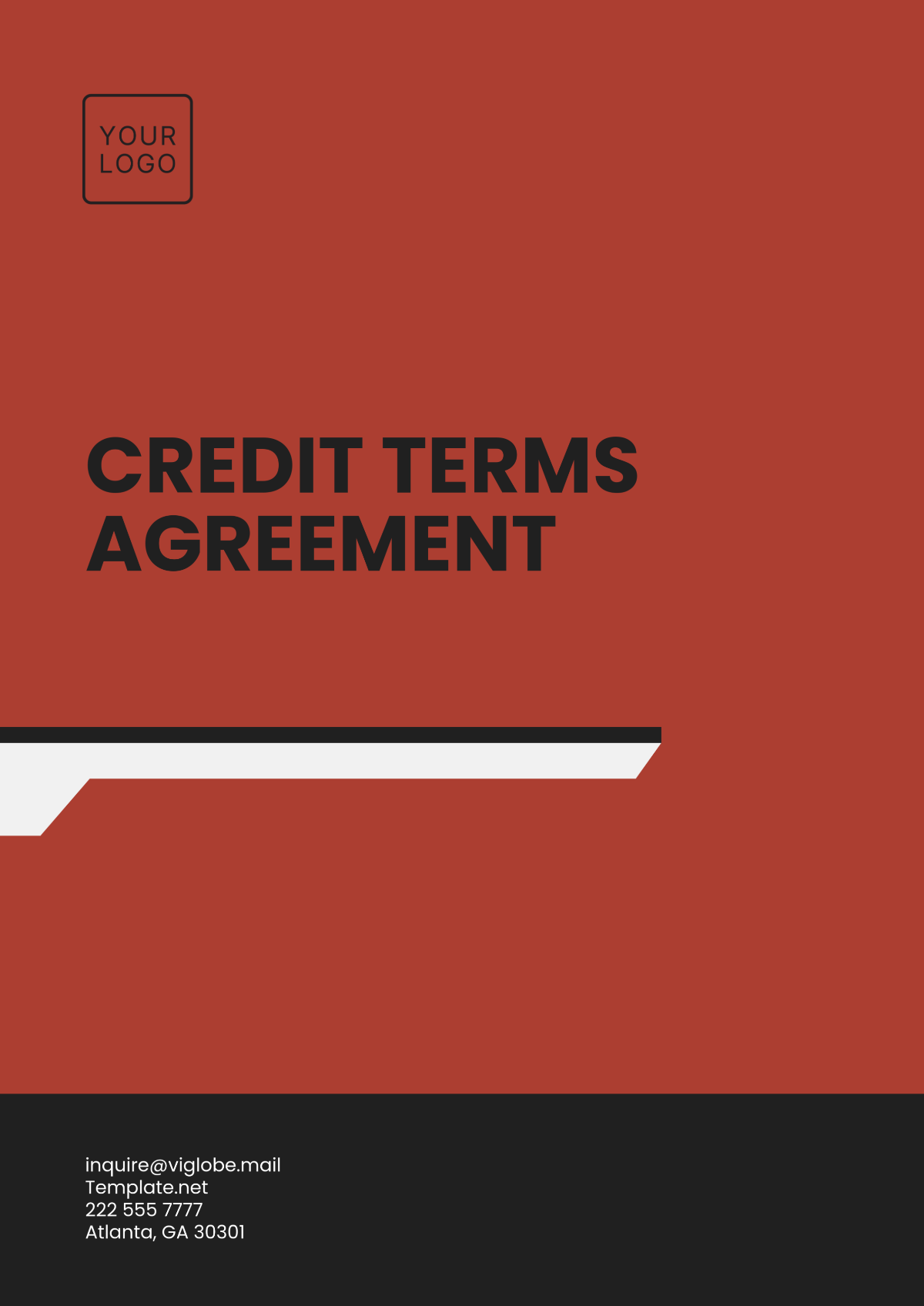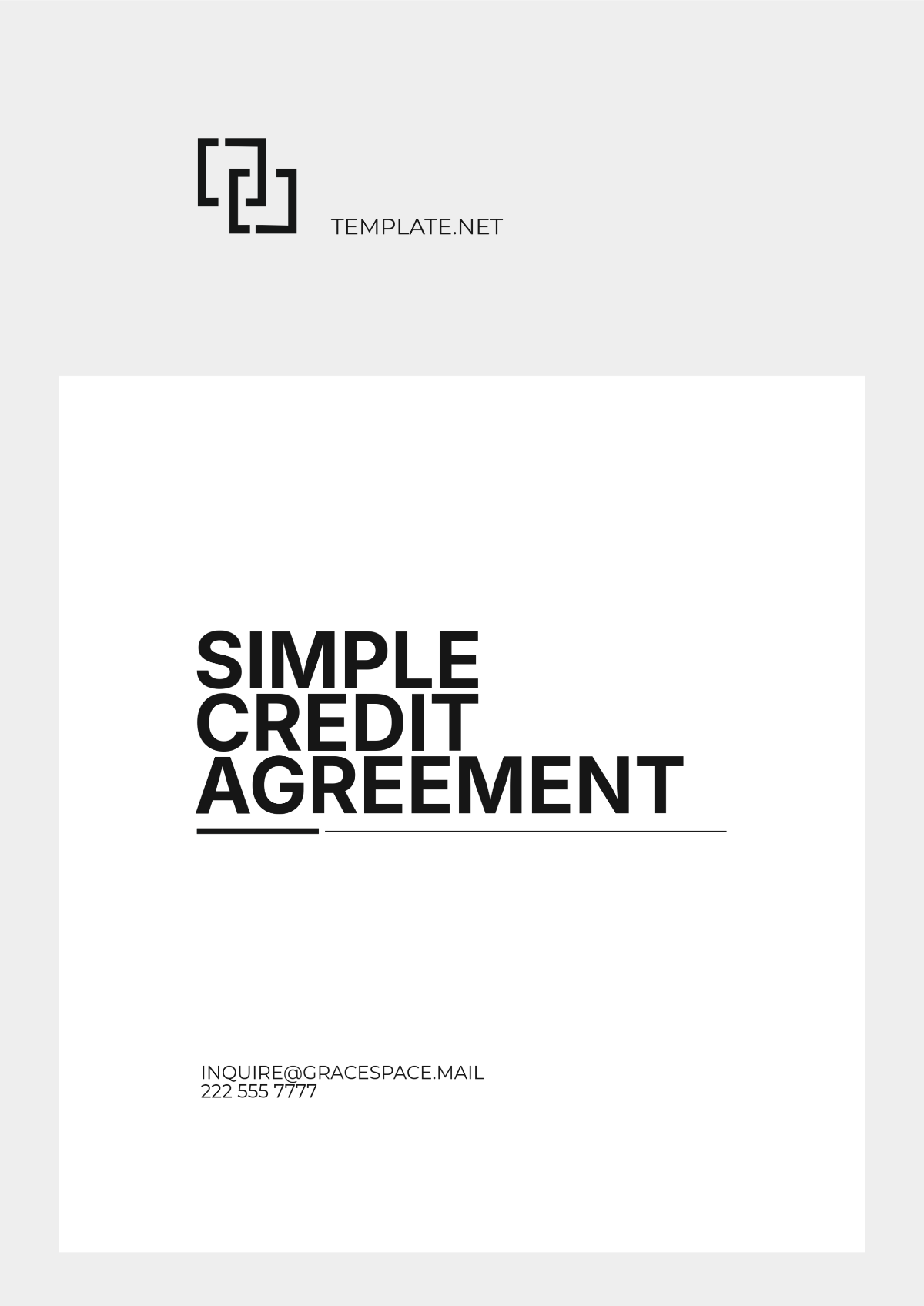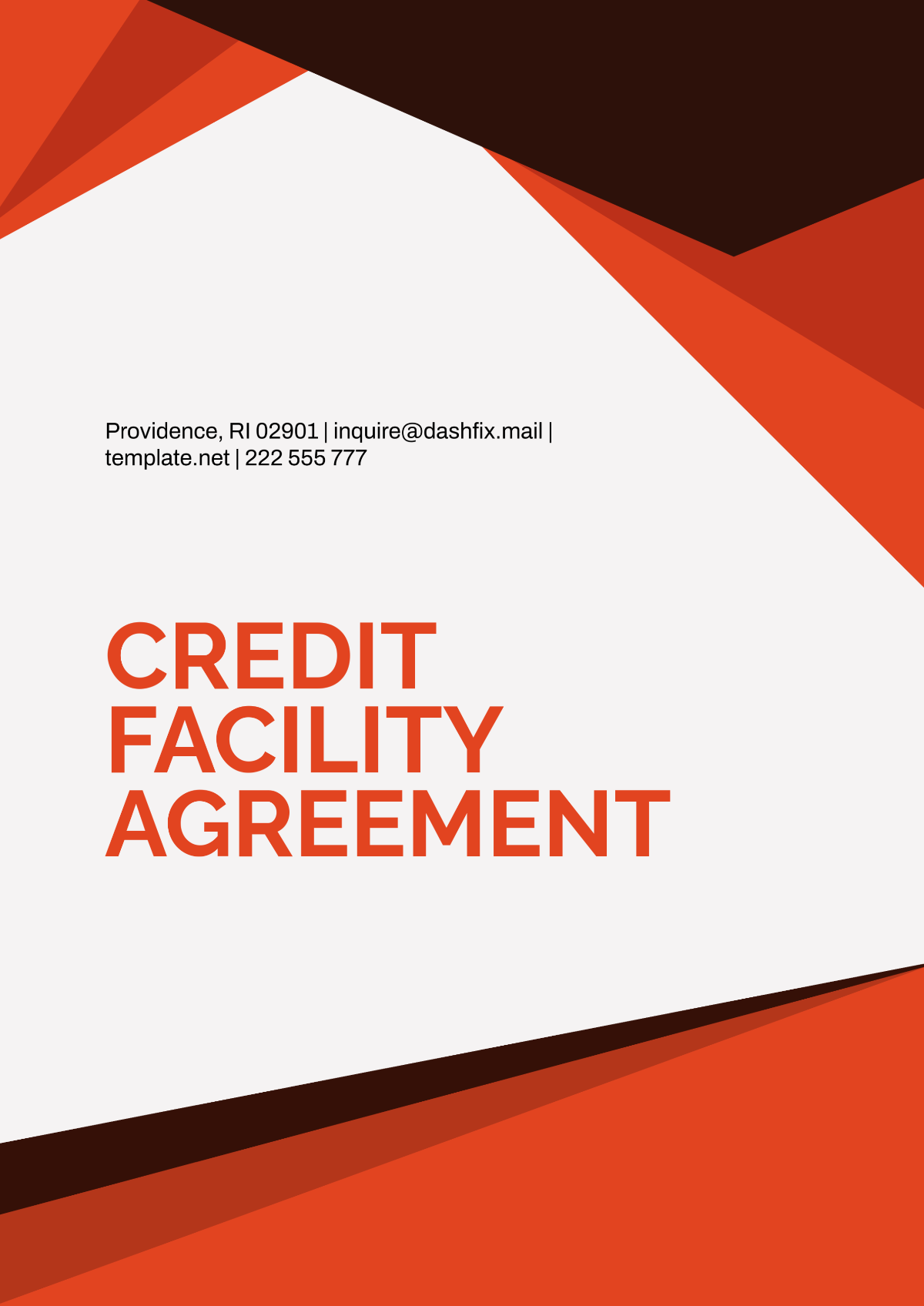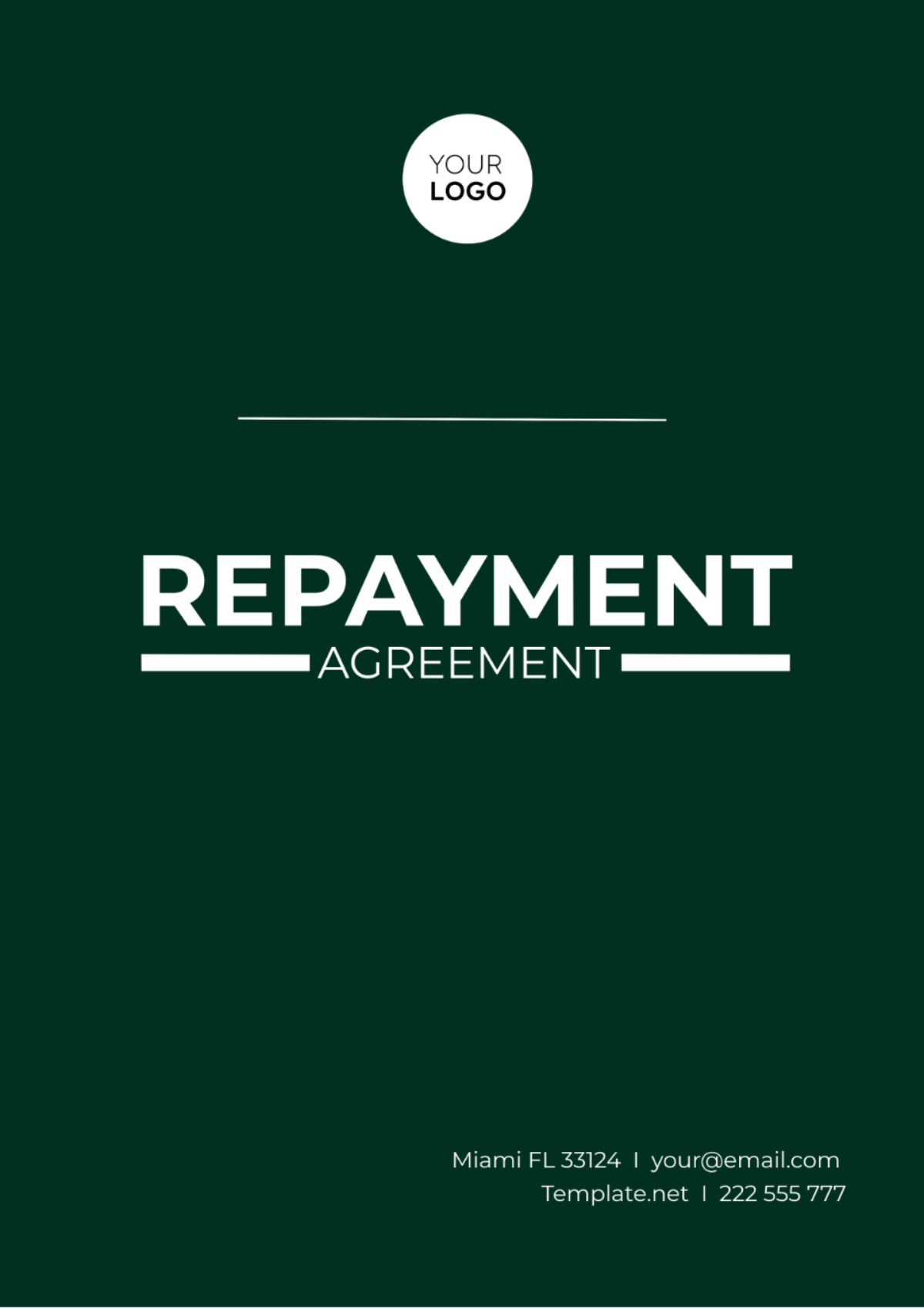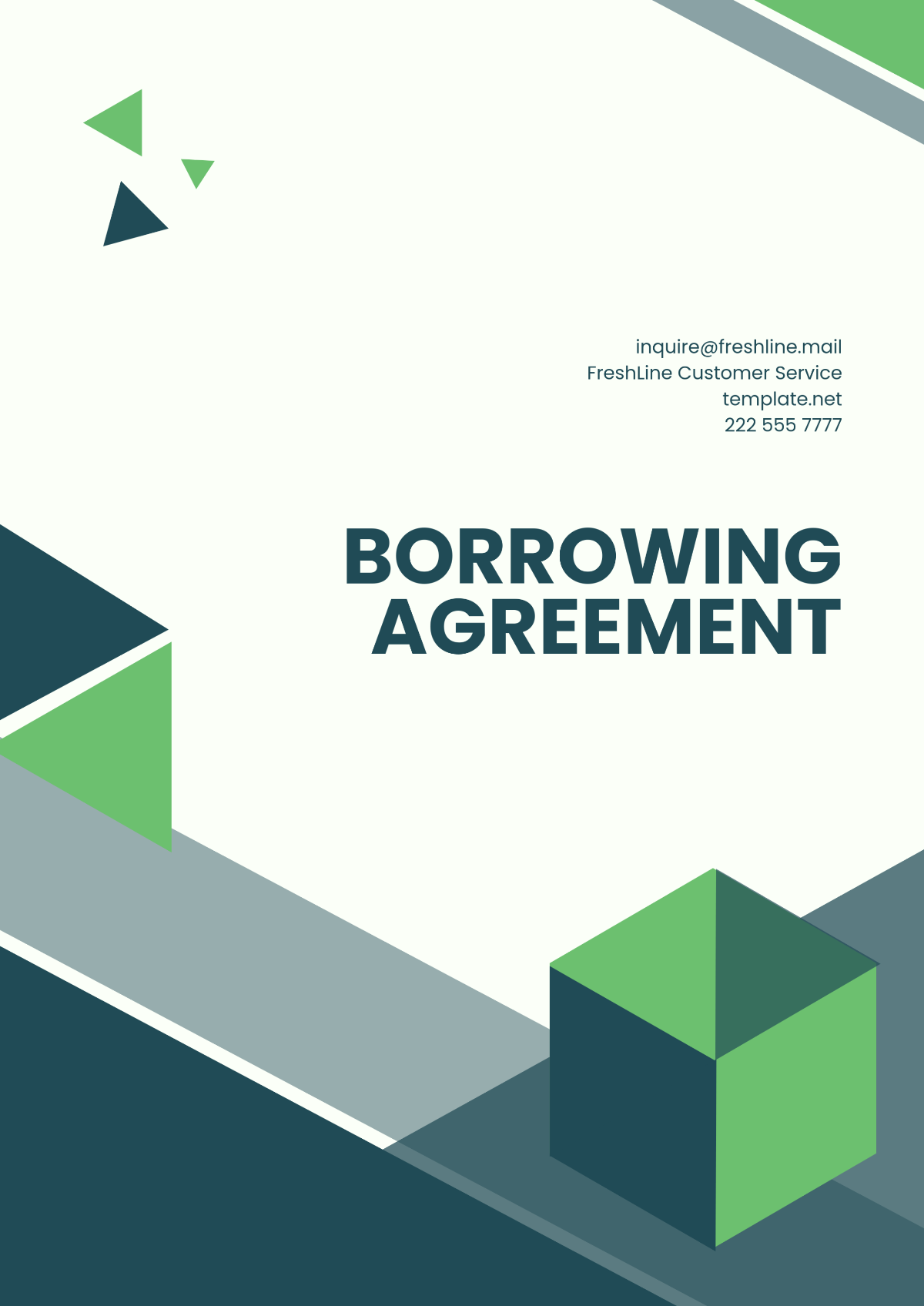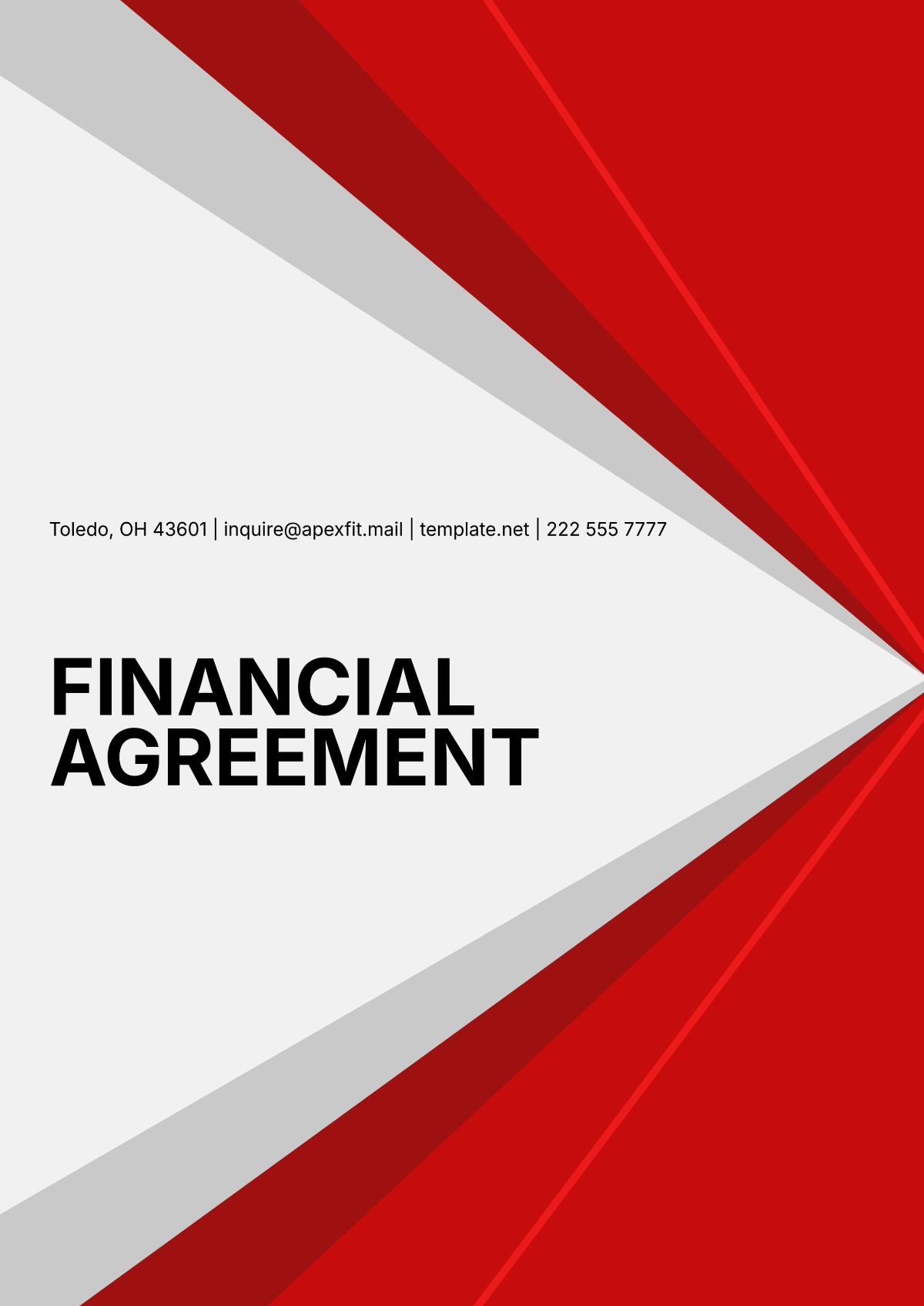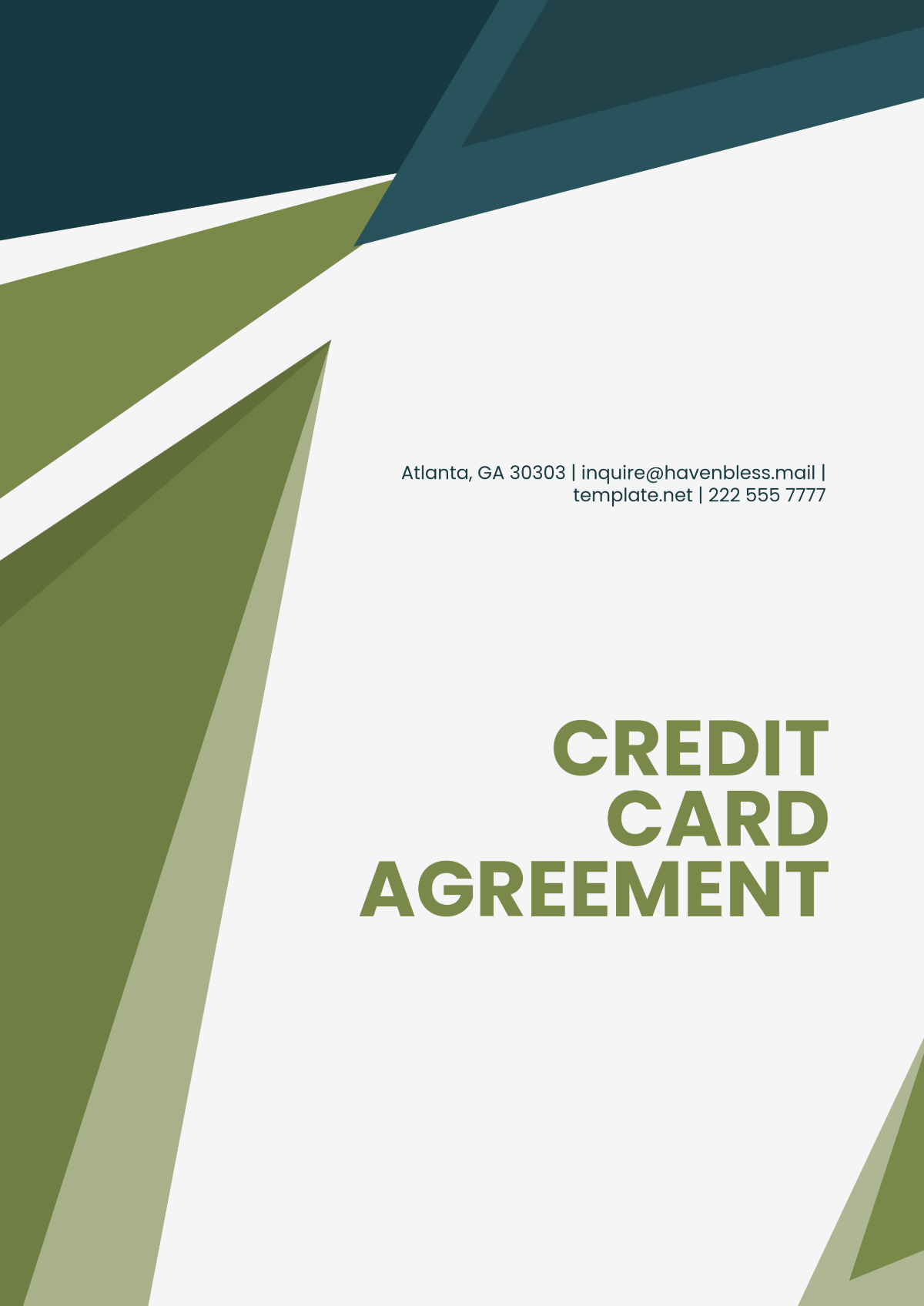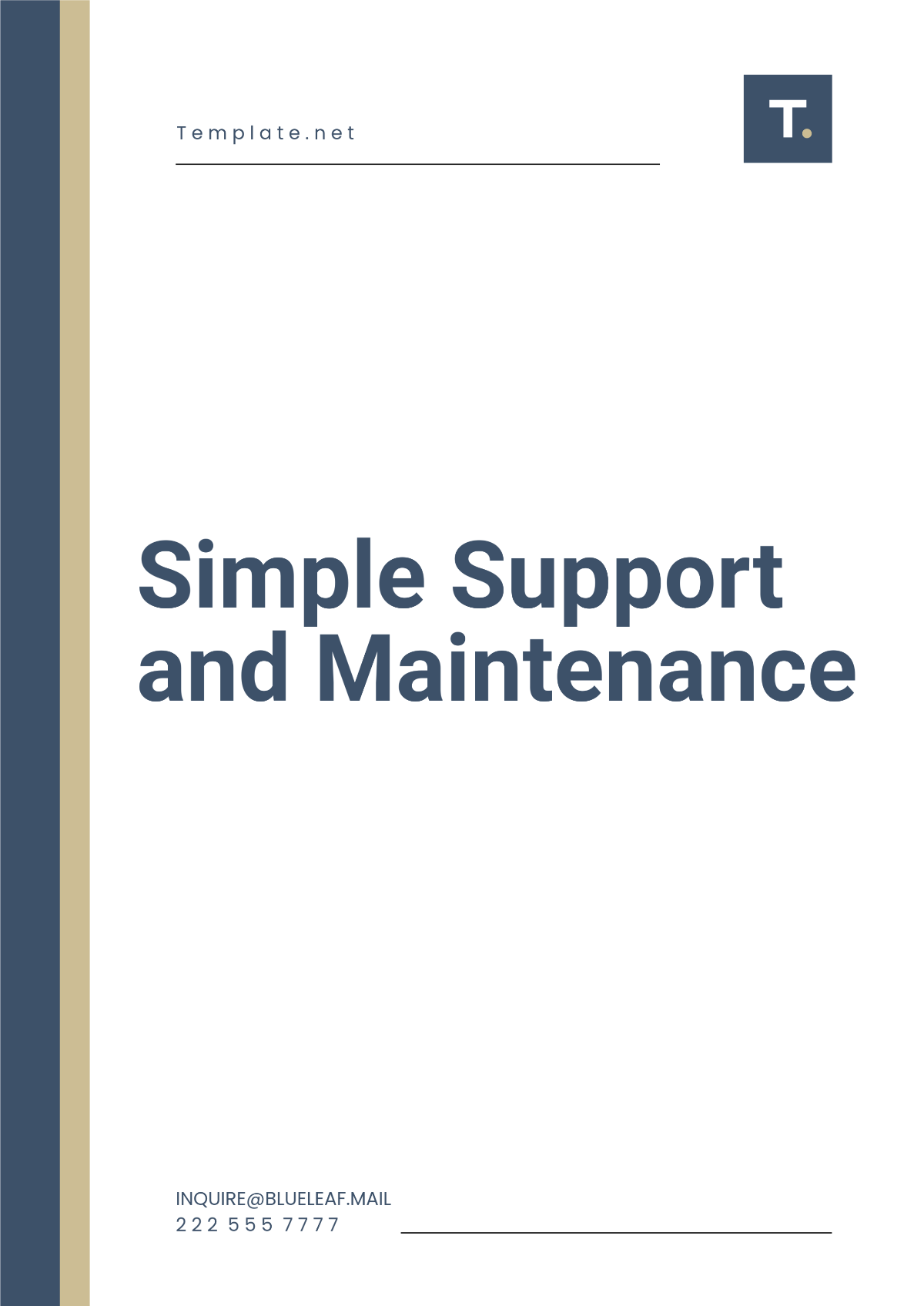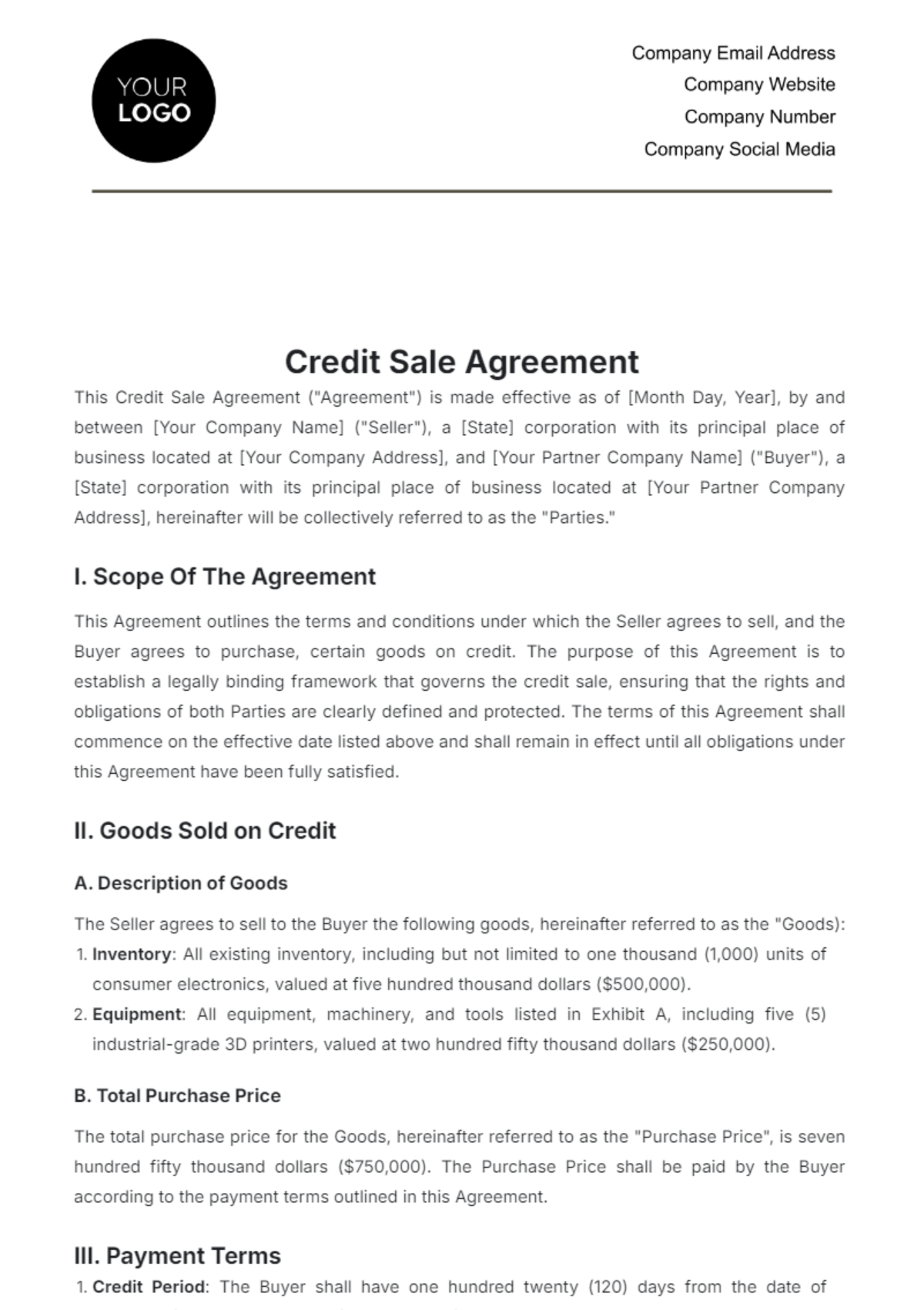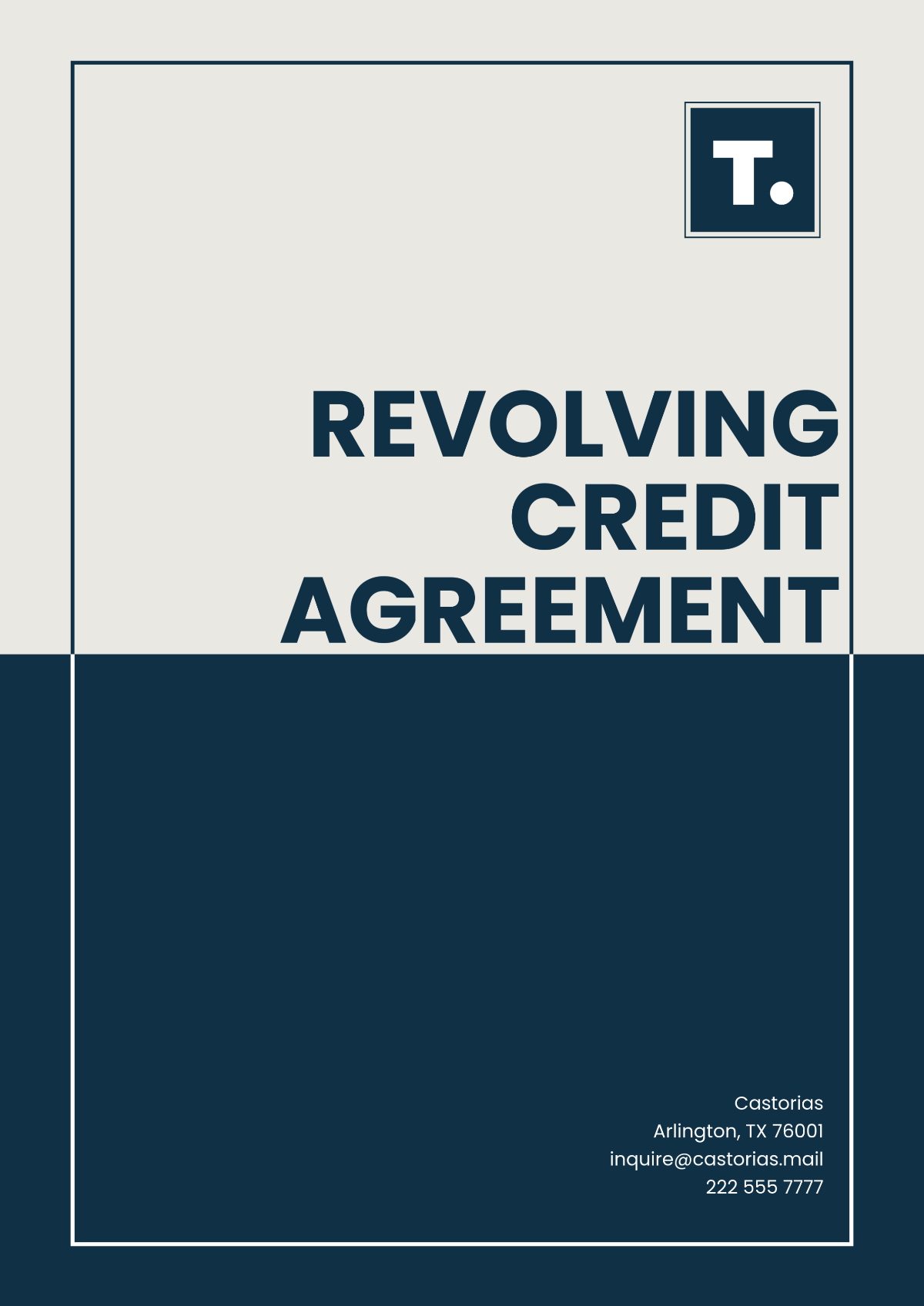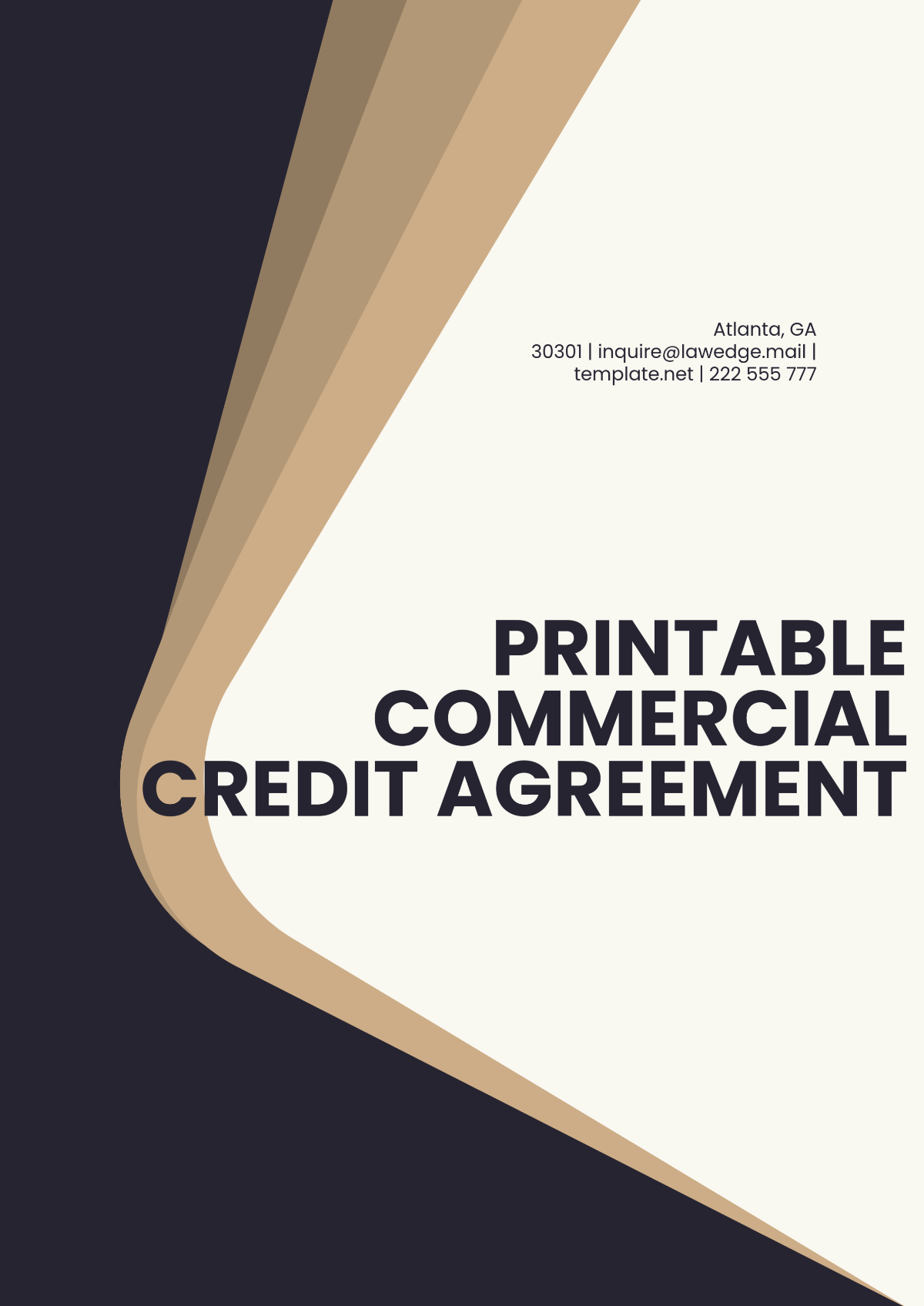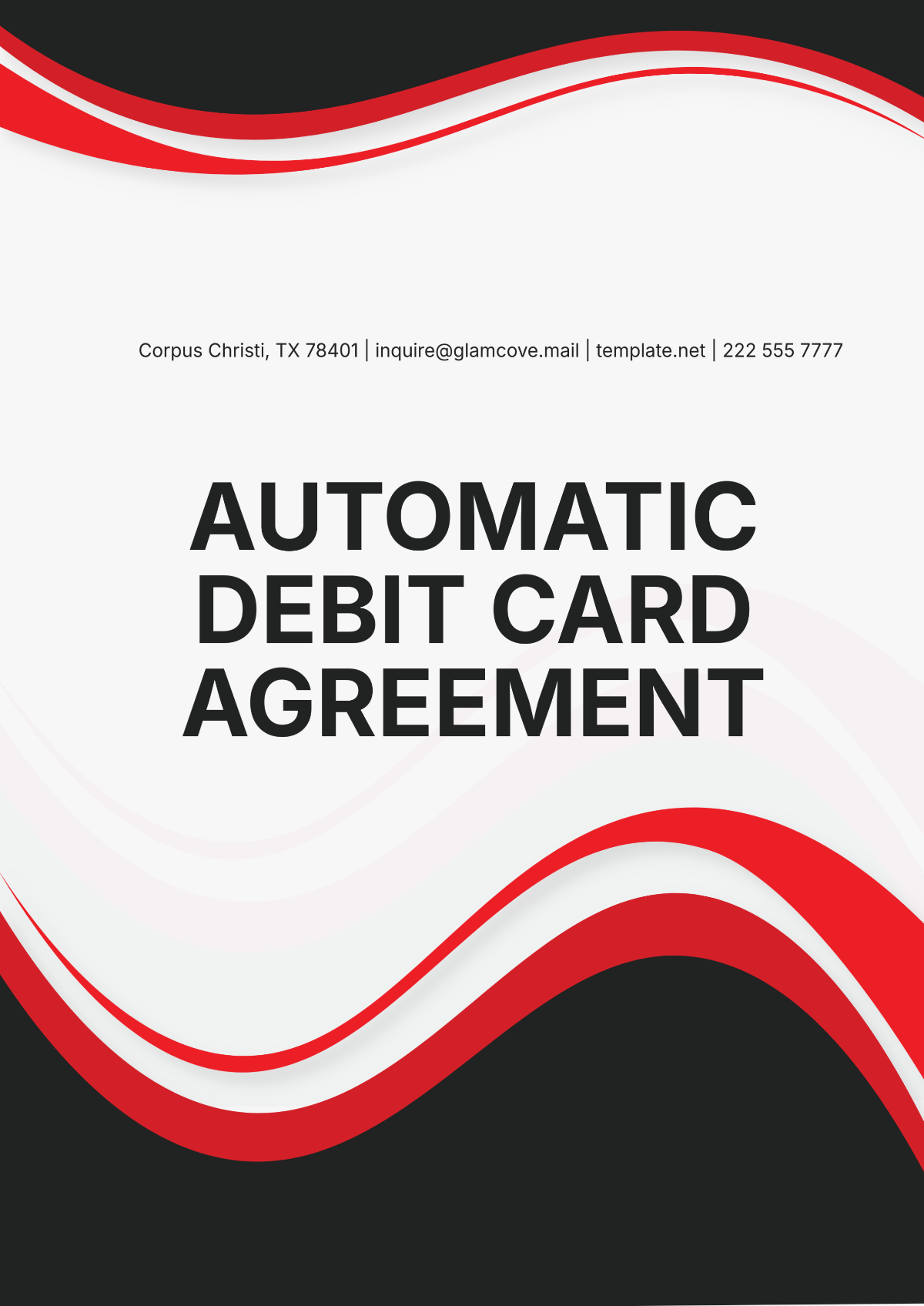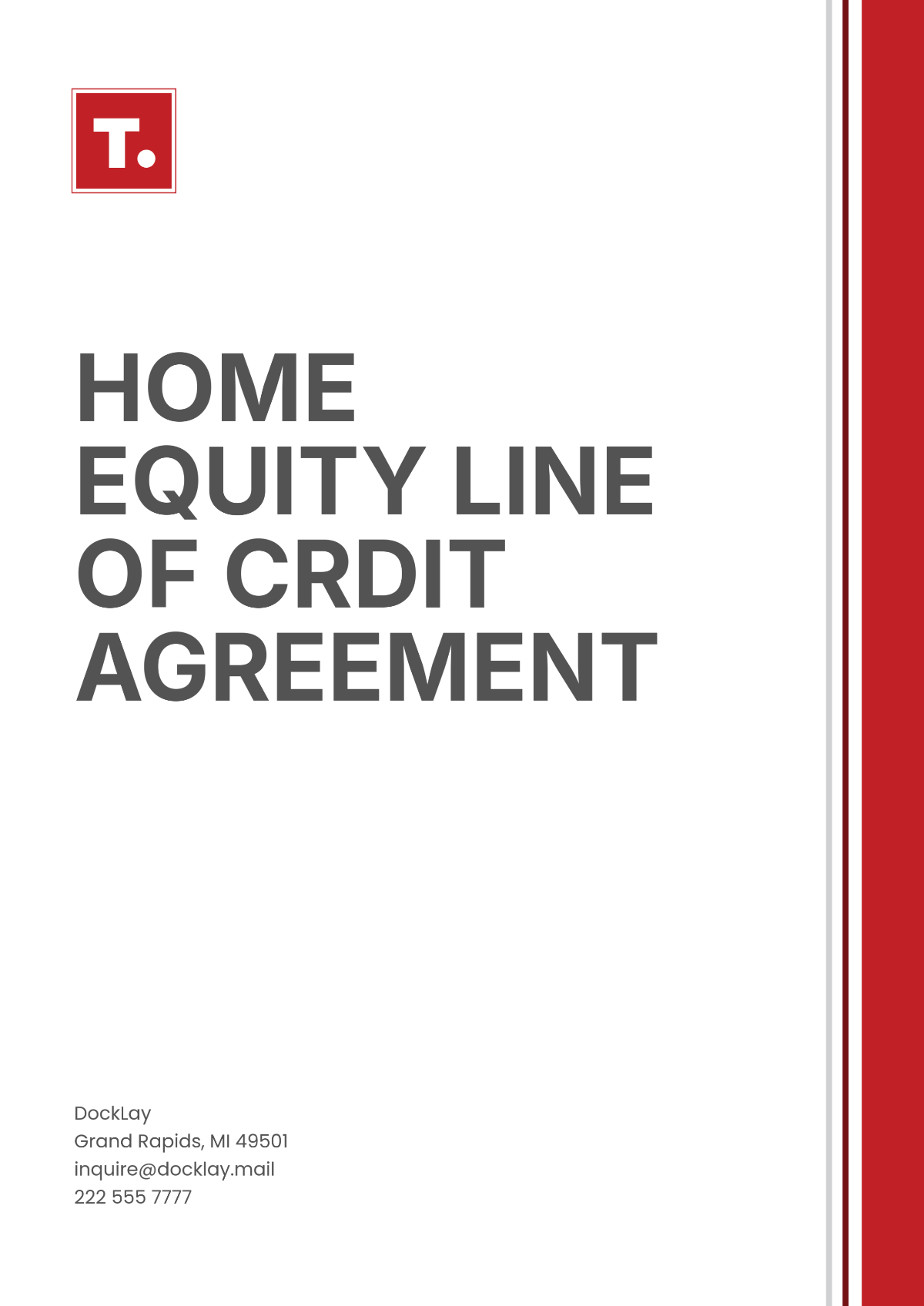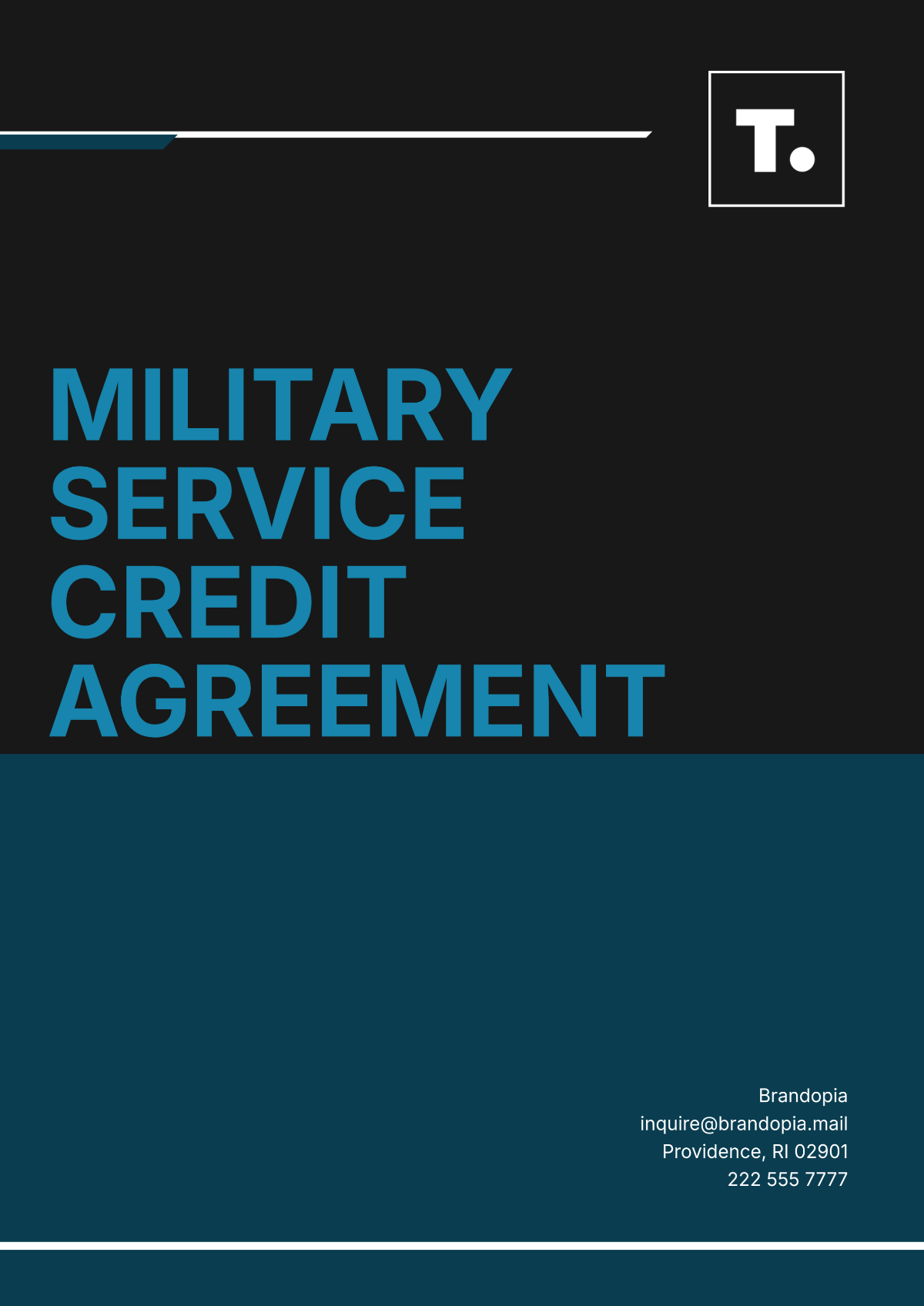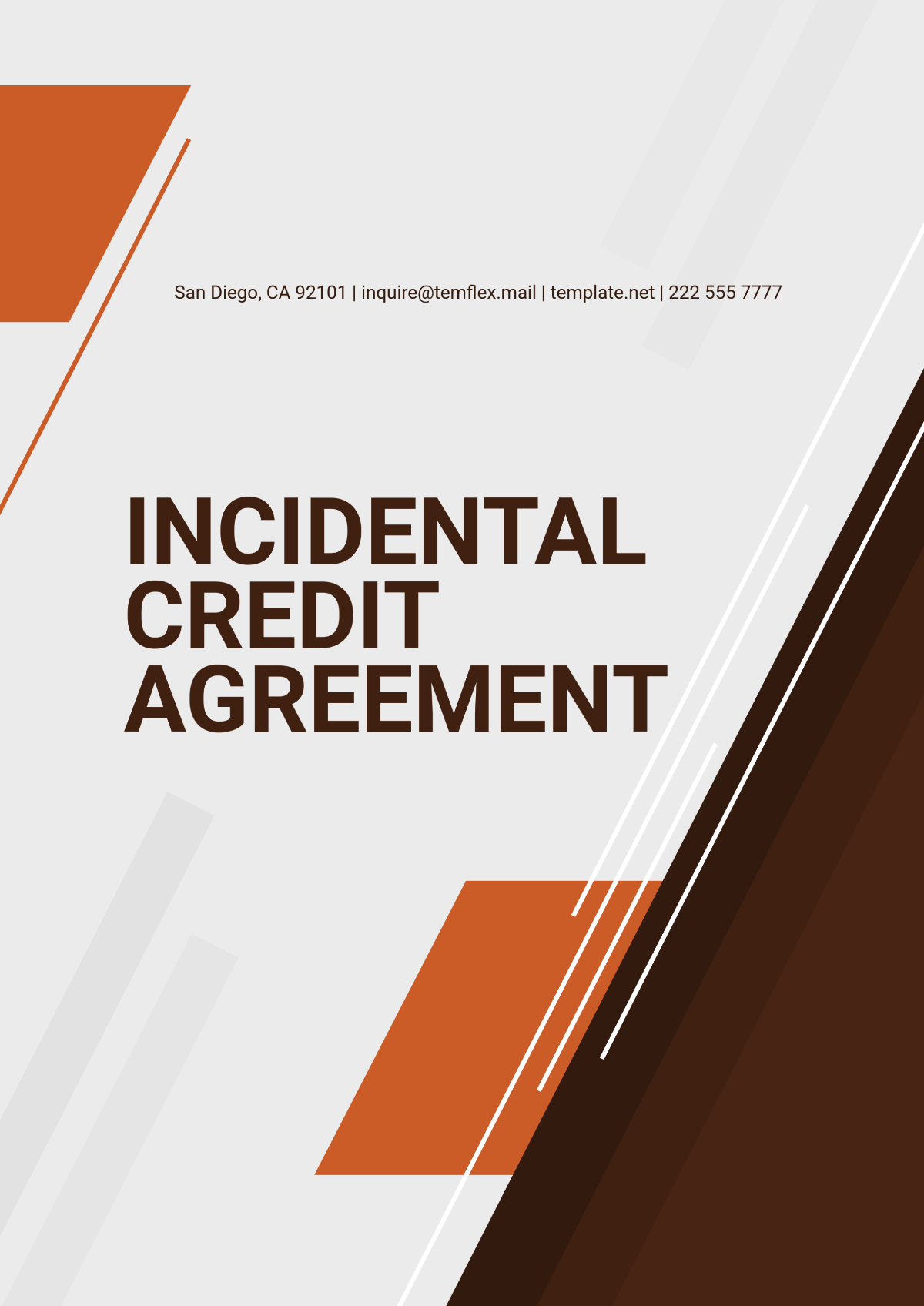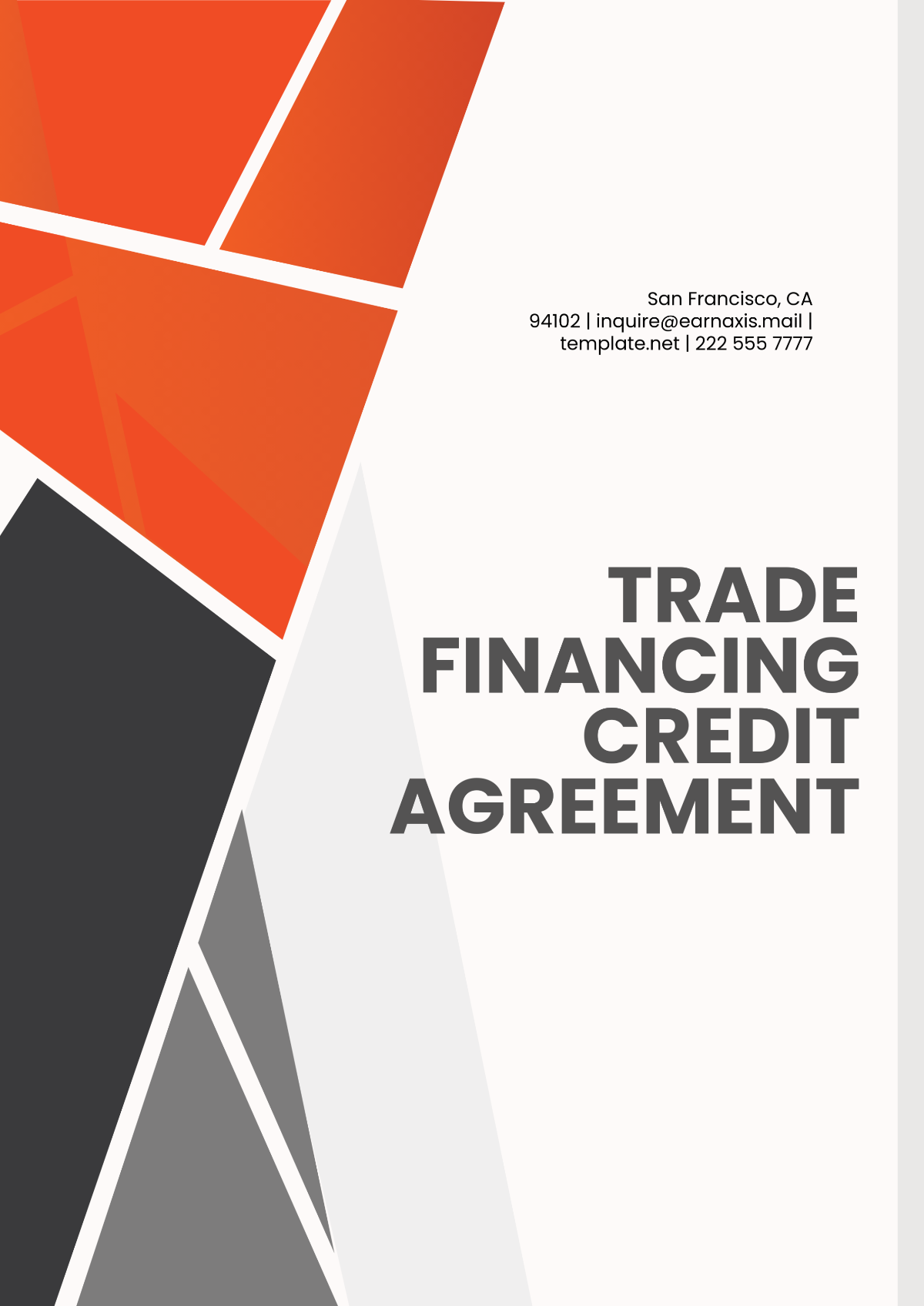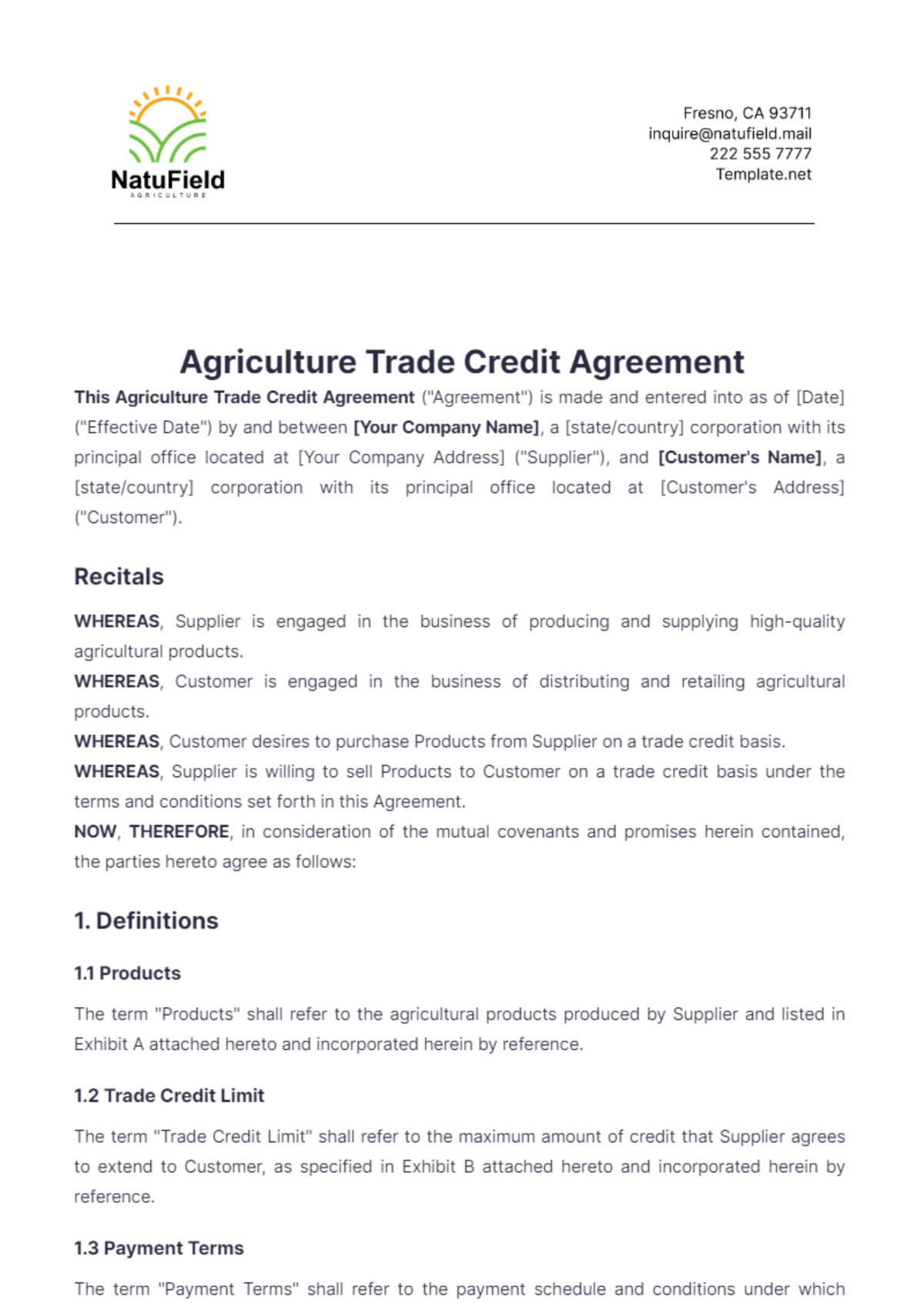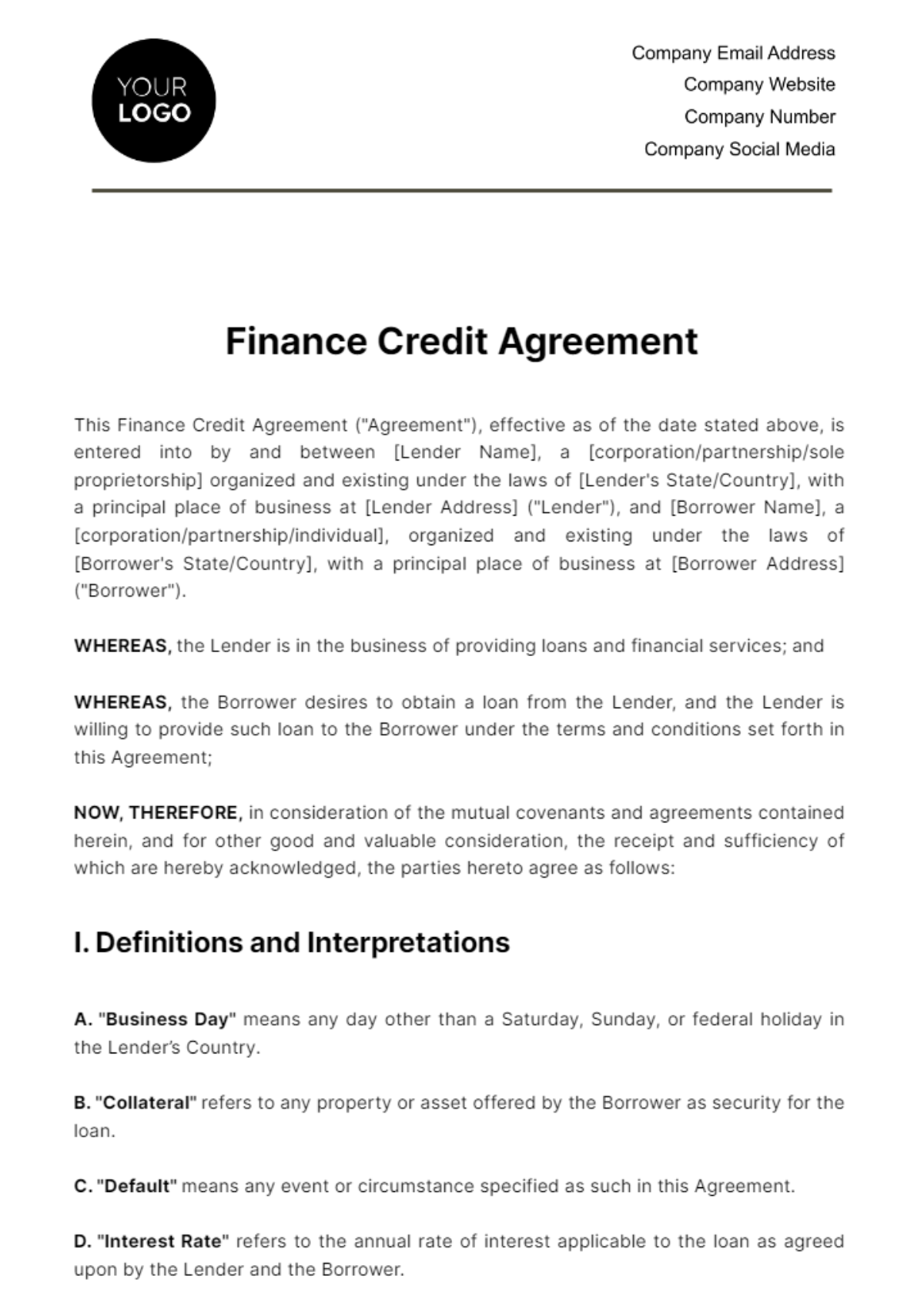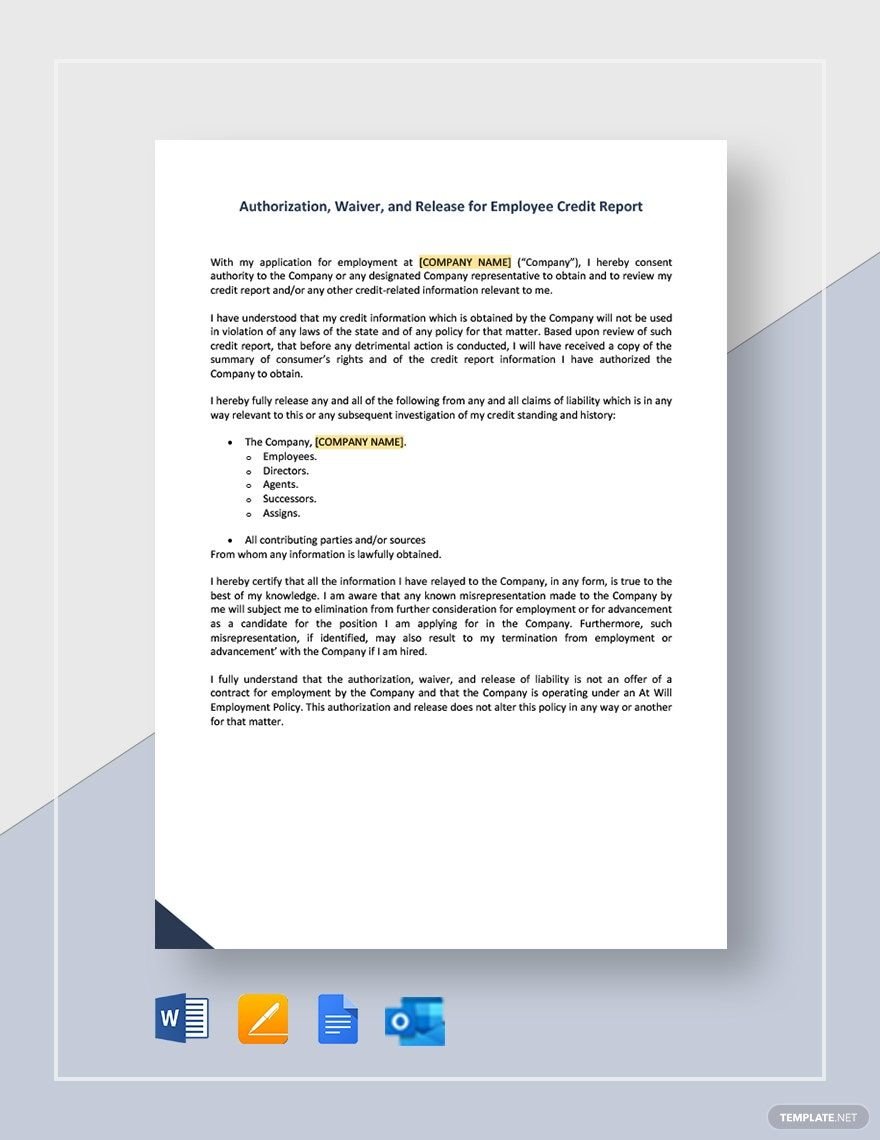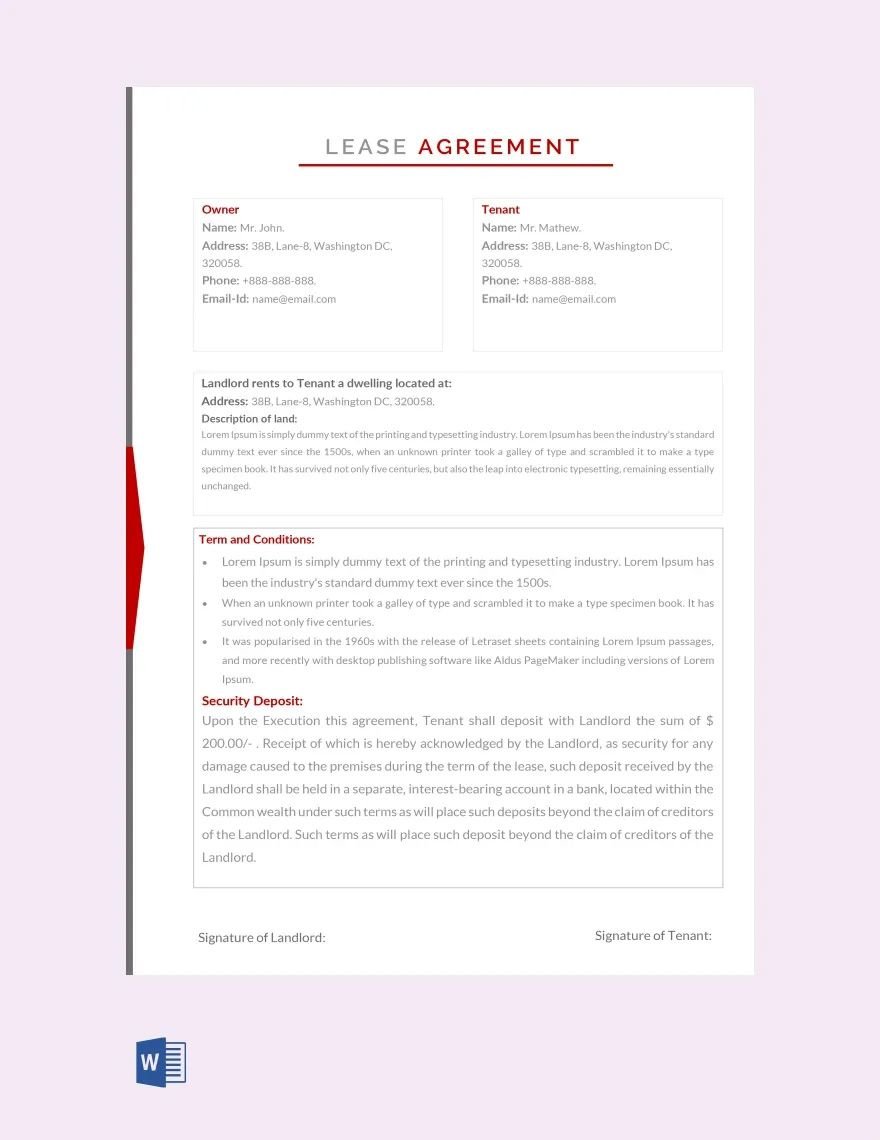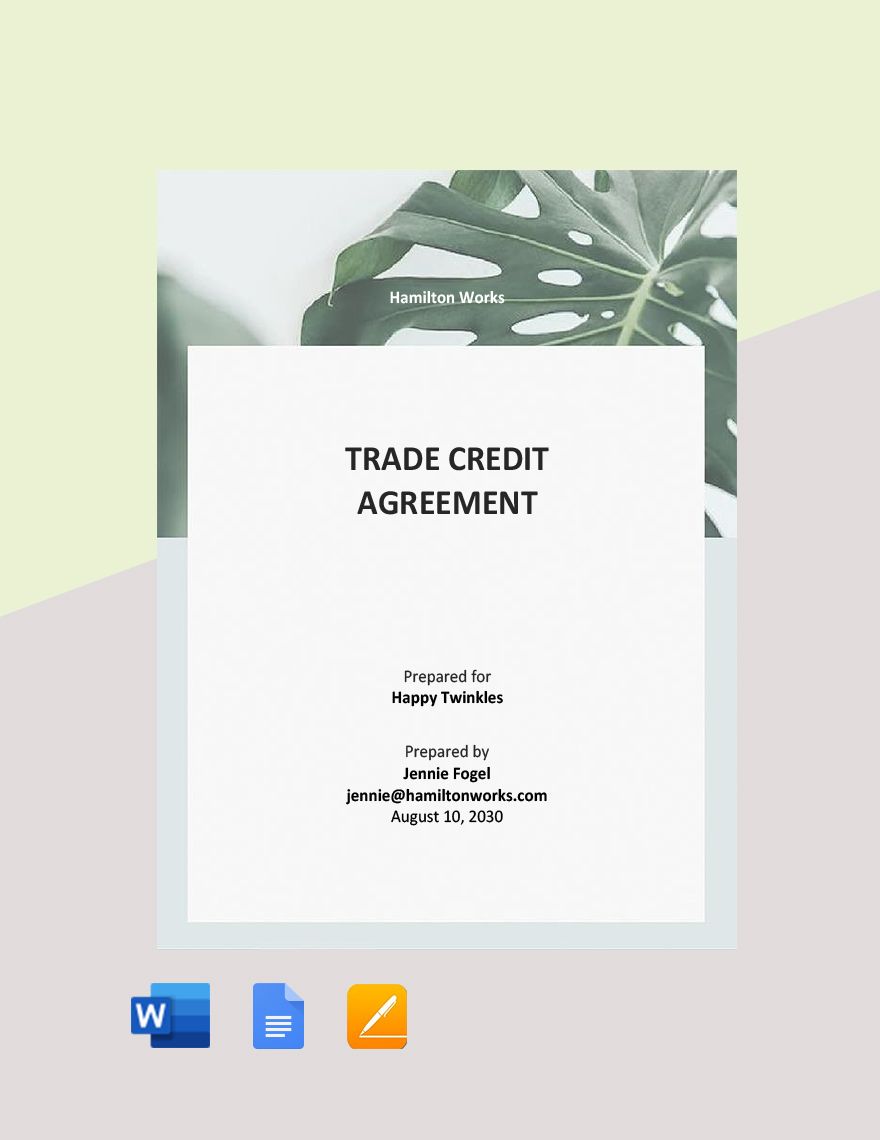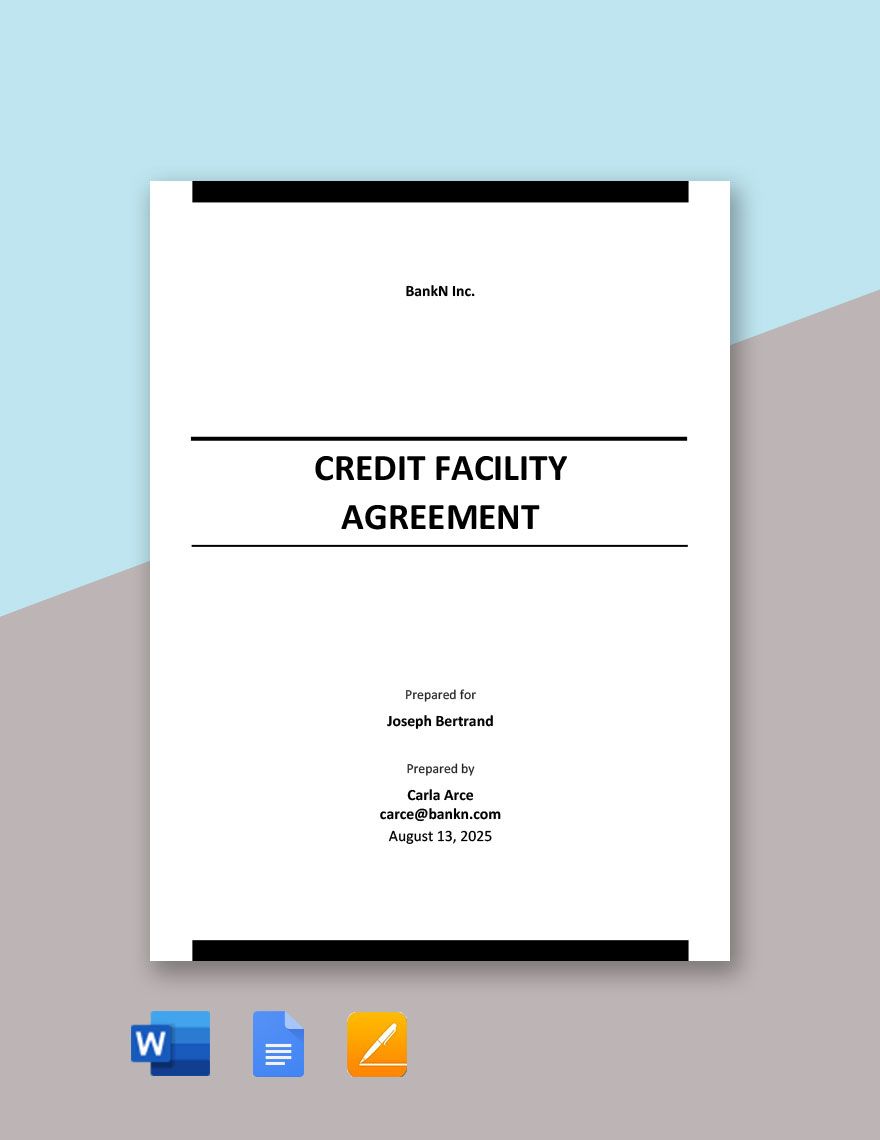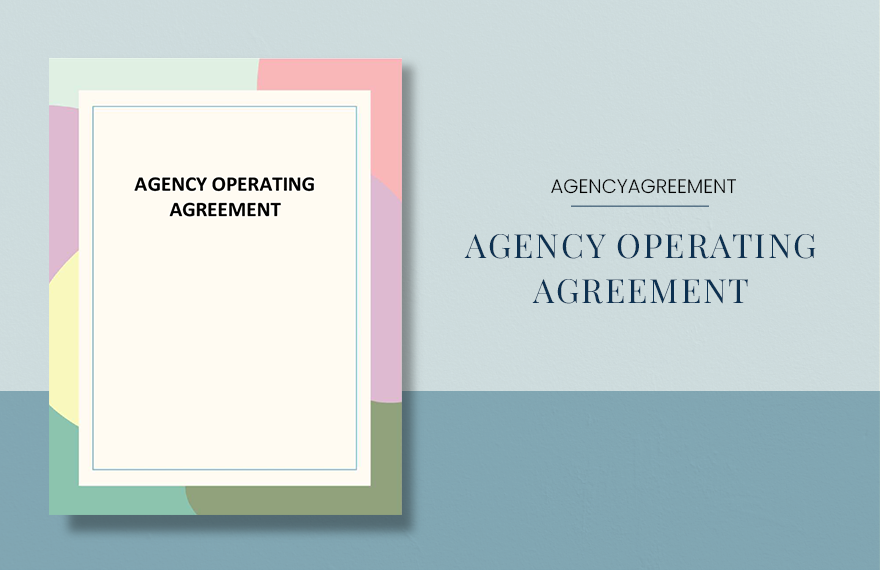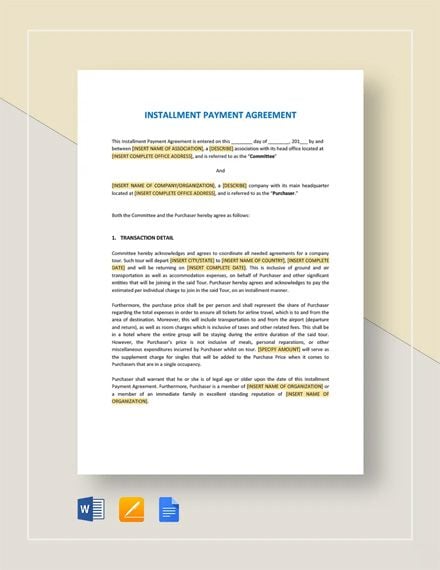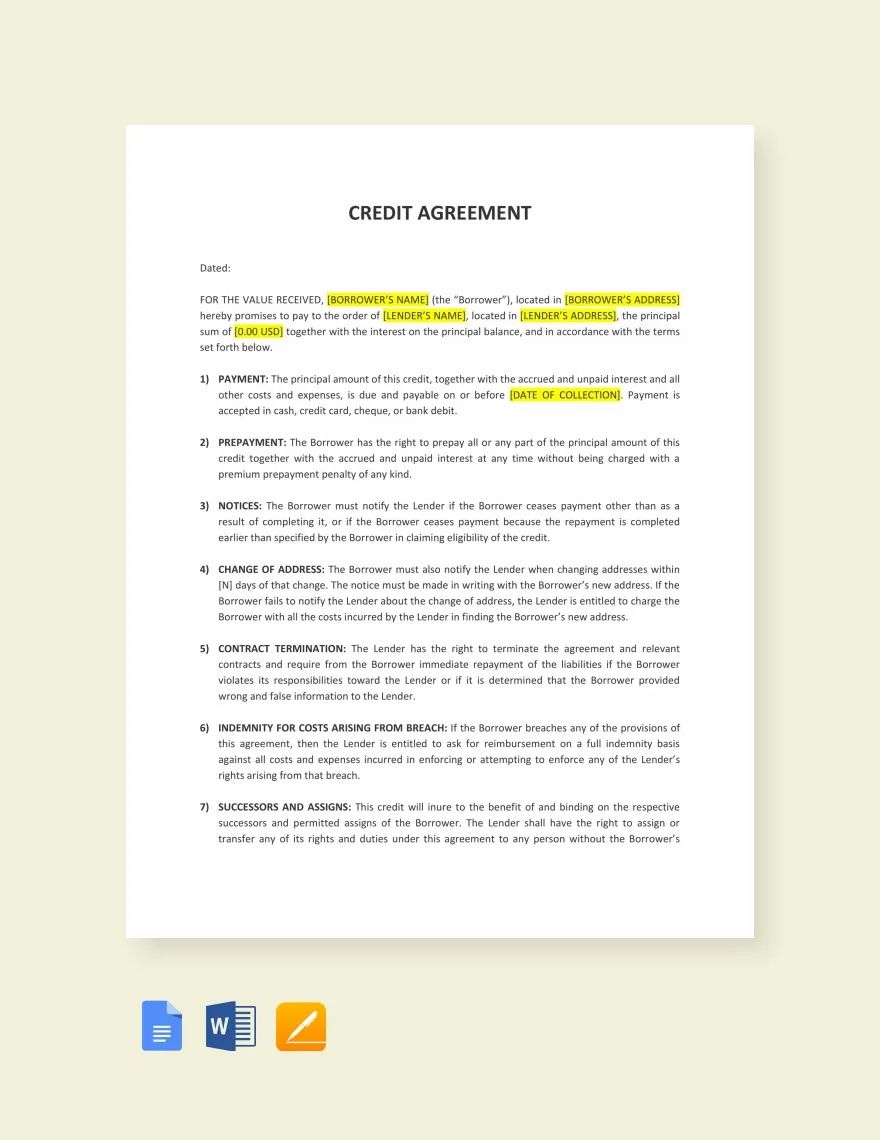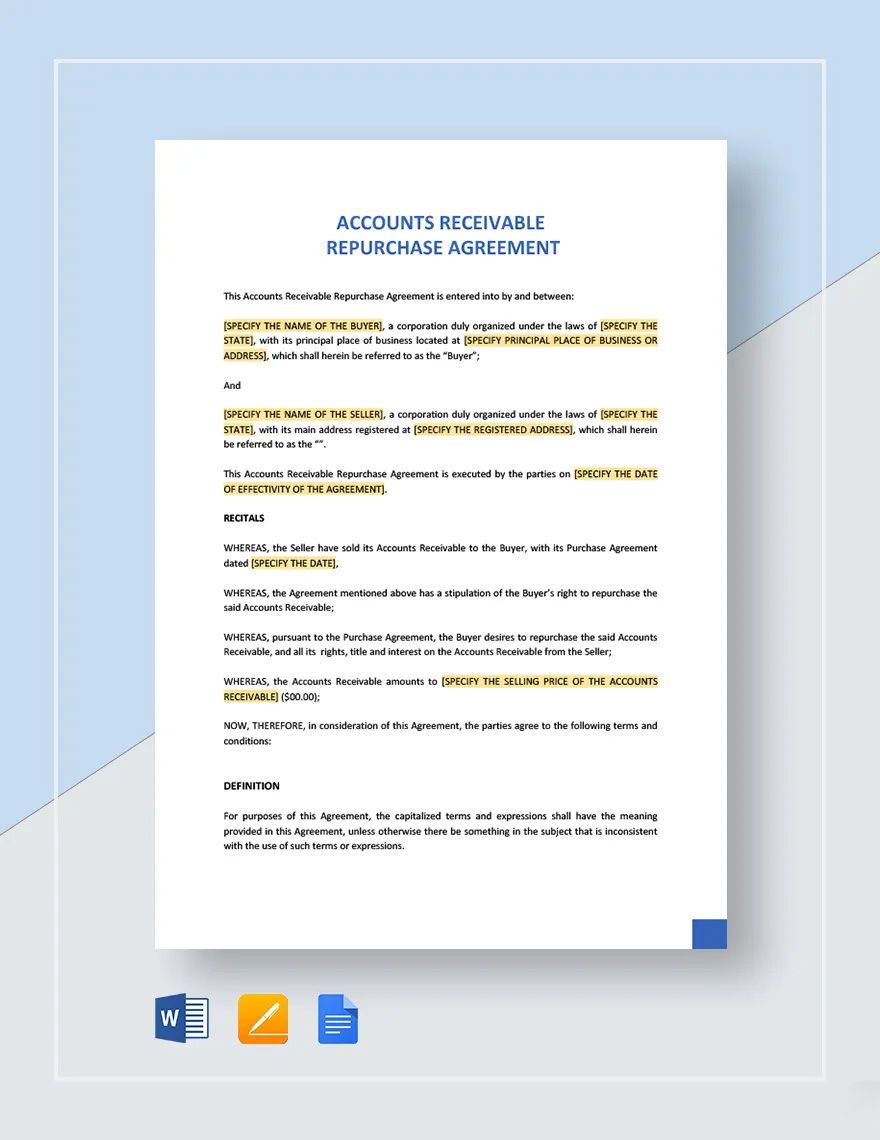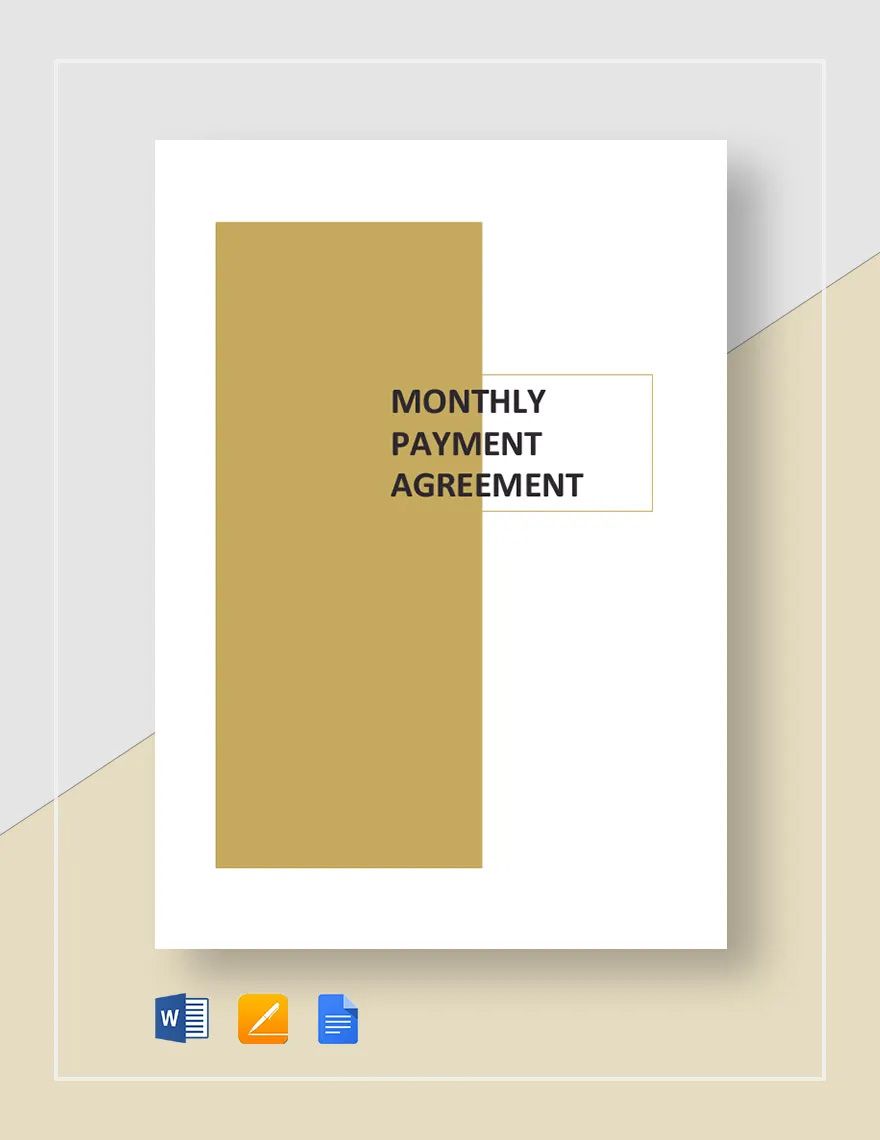Bring Your Financial Agreements to Life with Credit Agreement Templates from Template.net
Keep your business negotiations running smoothly with Credit Agreement Templates from Template.net. These templates are perfect for business owners and legal professionals who aim to streamline contract preparation, ensure compliance, and safeguard their financial interests. Use them to negotiate terms for a new business partnership or secure funding for a startup. Each template includes essential sections like terms and conditions, payment schedules, and borrower information, ensuring you don't miss any crucial details. No legal expertise is required, thanks to our easy-to-use, professional-grade designs that are customizable to meet your specific needs. Whether you're producing digital or printed contracts, our templates offer flexibility with layouts suited for social media sharing or formal presentations.
Discover the many Credit Agreement Templates we have on hand, tailored for various business needs. Customize each template by selecting the format that best suits your agreement, swapping in your company logo, and personalizing colors and fonts to align with your branding. Enhance your agreements with drag-and-drop elements, icons, and graphics, or even add animated effects for digital presentations. With intuitive AI-powered text tools, creating professional agreements is a skill-free experience. We regularly update our library with new designs, keeping your options fresh and relevant. When you're finished, download or share your agreements seamlessly, whether by link, email, or direct print, making it ideal for use across multiple channels and real-time collaboration.
